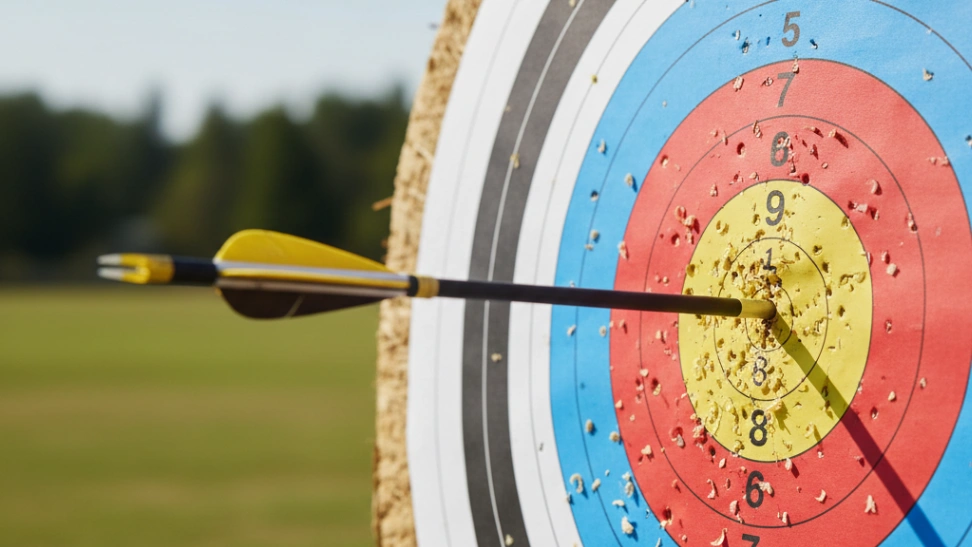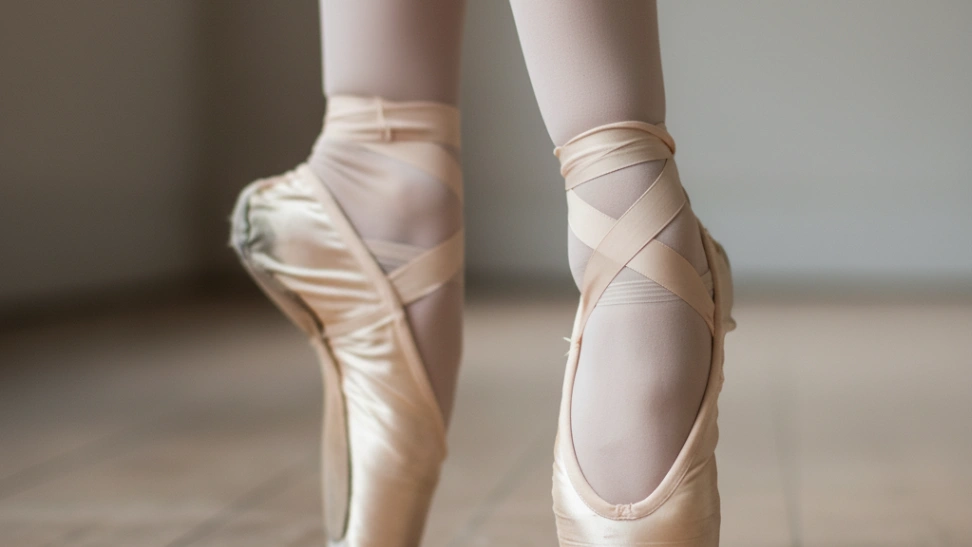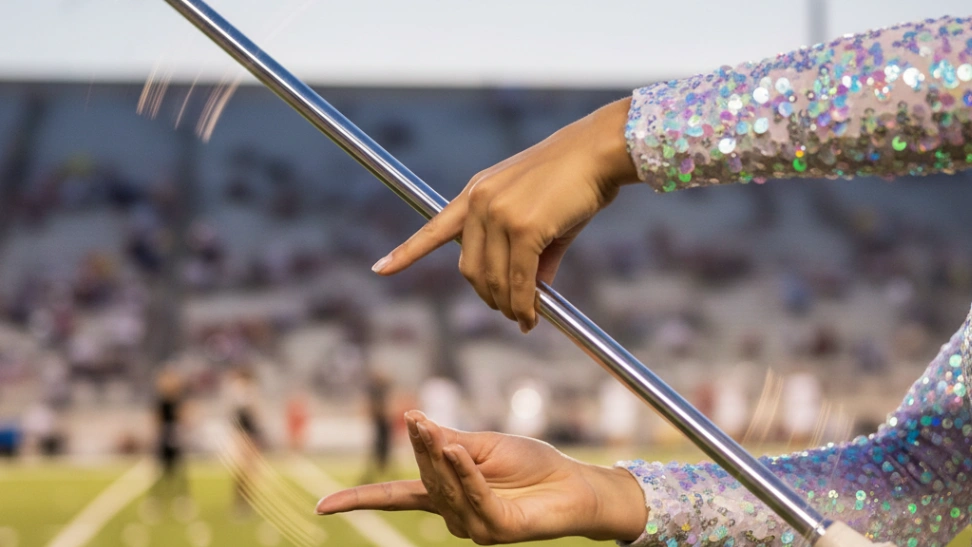The origins of lacrosse are deeply rooted in Native American culture, dating back as far as the 12th century. Indigenous peoples of North America, particularly the Algonquian, Iroquoian, and Siouan tribes, played various stickball games, often referred to as "baggataway" or "tewaaraton" (the "little brother of war"). These early forms of lacrosse were not merely games but significant cultural events, used for settling disputes, training warriors, healing the sick, and celebrating religious festivals. Matches could last for days, cover miles of territory, and involve hundreds, even thousands, of players from different villages or tribes. The sticks were carved from wood, and the balls were typically made of deerskin, often stuffed with hair or fur. The French Jesuit missionary Jean de Brébeuf was the first European to document the game in 1637, observing Hurons playing it. He noted the stick's resemblance to a bishop's crosse, hence the name "lacrosse." The game evolved significantly after European contact, with rules being codified and modern iterations emerging in the 19th century, particularly in Canada. The Montreal Lacrosse Club was established in 1856, and the sport was adopted as Canada's national game in 1859. Today, it is recognized as a professional and amateur sport worldwide, having been featured in the Olympic Games several times. The spiritual and cultural significance, however, remains a cornerstone of its identity for many Indigenous communities.
Modern lacrosse is played in several variations, including field lacrosse (the most common version for men), women's lacrosse, box lacrosse (an indoor version played in a hockey rink with boards), and intercrosse (a non-contact version). Each variation has distinct rules regarding contact, stick design, and field dimensions, but the core objective remains the same: score goals. Field lacrosse features ten players per team (three attack, three midfield, three defense, and one goalie) on a rectangular field. Players wear protective gear, especially in men's lacrosse, which includes helmets, shoulder pads, elbow pads, and gloves. The crosse itself is a critical piece of equipment, with varying lengths allowed for different positions; defenders often use longer sticks (up to 6 feet) to gain a reach advantage, while offensive players typically use shorter sticks (3-4 feet) for better maneuverability and quicker shots. The ball is solid rubber, slightly smaller and heavier than a tennis ball, designed for speed and durability. Understanding the nuances of stick work—cradling, scooping, passing, and shooting—is fundamental to mastering the sport.
Beyond the excitement of competition, playing lacrosse offers a wealth of physical and mental benefits. Physically, it's an intense full-body workout that significantly improves cardiovascular health, agility, speed, hand-eye coordination, and endurance. The constant running, dodging, and quick changes in direction develop lower body strength, while stick handling and shooting build upper body and core strength. Mentally, lacrosse demands quick decision-making, strategic thinking, and strong communication, fostering excellent teamwork and leadership skills. Players must anticipate opponents' moves, react under pressure, and execute complex plays, enhancing cognitive function and problem-solving abilities. The camaraderie within a lacrosse team is also a major draw; the shared effort, victories, and challenges build strong bonds and a sense of belonging. Many communities have vibrant lacrosse leagues and clubs for all ages, from youth programs to adult recreational leagues, making it accessible for people to join and find their place in the sport. It's a sport that builds character, resilience, and a deep appreciation for collaborative effort.



